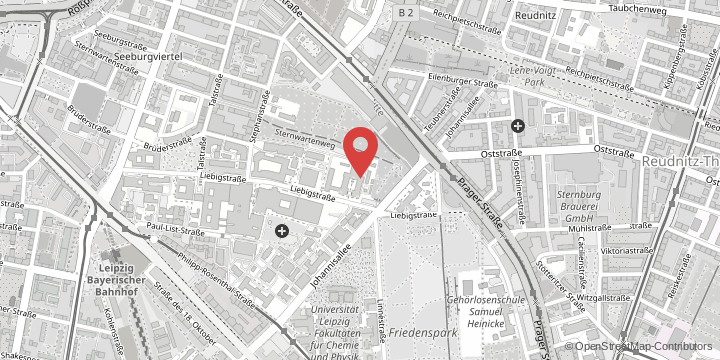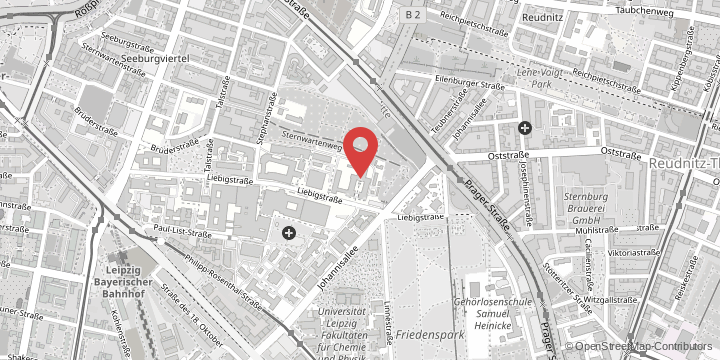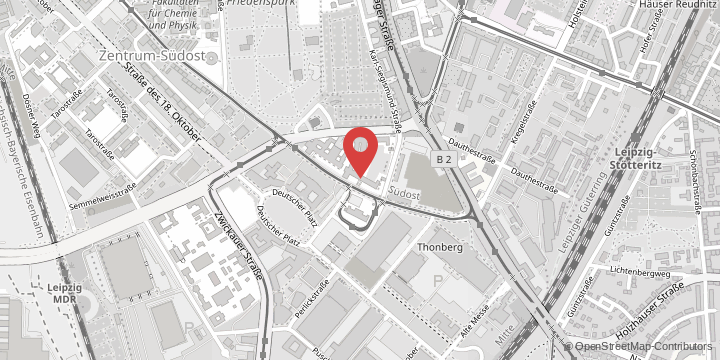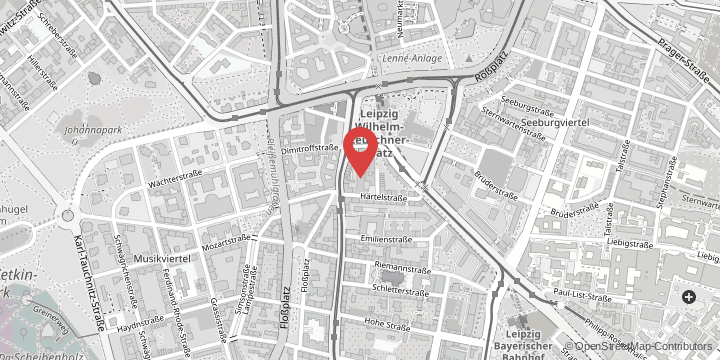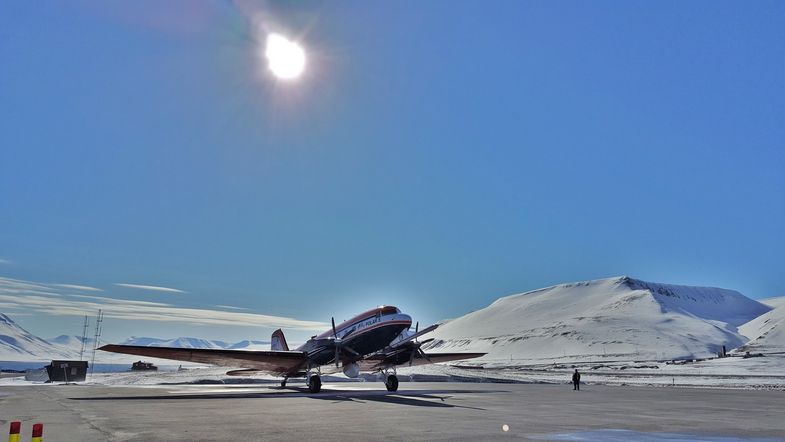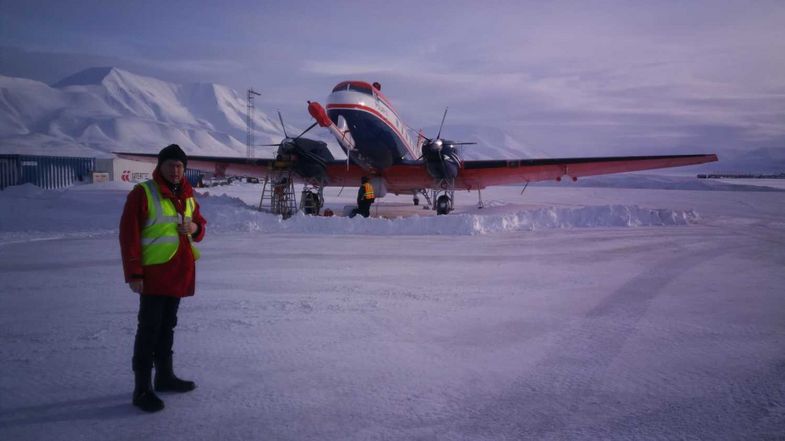“The AFLUX campaign is the third in a series of three major expeditions by polar aircraft as part of our Arctic research,” explains Professor Manfred Wendisch of Leipzig University’s Institute for Meteorology. He is also spokesperson of the Transregio 172 Collaborative Research Centre ( CRC), which investigates climate change in the Arctic and is funded by the German Research Foundation (DFG). The CRC research initiative aims to observe climate developments in the Arctic over long periods of time and using different methods. It is hoped that the reliability of models for predicting global warming, especially in the Arctic, will be improved. However, there are many factors that influence the climate of this region – and thus contribute to above-average warming – that are not yet fully understood.
The AFLUX survey campaign is led by Dr Christof Lüpkes of the Alfred Wegener Institute. The focus is on clouds that lie directly above the sea ice and their role in Arctic warming. “There was already a major survey campaign two years ago, but questions remained unanswered. This time we are concentrating specifically on energy fluxes in the Arctic boundary layer,” explains Lüpkes. Dr André Ehrlich of Leipzig University adds: “As the sea ice continues to melt, Arctic boundary layers will expand in the future. But it is precisely these regions that have a very strong influence on clouds and thus on the energy balance in the Arctic.” According to current knowledge, clouds that flow over the edge of the sea ice can change significantly in a matter of hours – depending on the distribution and density of the ice floes. Due to a lack of measurement data, these effects are unfortunately still insufficiently described in current climate models. This is where the AFLUX measurements are intended to help specifically investigate the processes in peripheral areas of sea ice.
For the scientists, AFLUX represents the final dash of the first funding period of the CRC. Professor Wendisch explains: “The first phase was mainly local in nature, so spatially limited. In the second phase we hope to expand our focus to regional influences and causes that are not local. We’re looking forward to two more great highlights, the MOSAiC expedition and HALO-(AC)³.” MOSAiC will see the research vessel Polarstern spend a year trapped in the ice of the Arctic Ocean, enabling it to deliver completely new measurement data. With HALO-(AC)³, the German research aircraft HALO will be used primarily to investigate cold air eruptions and bursts of warm air in the Arctic, as there may be a connection between these cold air eruptions from the inner Arctic and the current mild winters in Central Europe.
On the MOSAiC expedition, which starts in September, the German icebreaker Polarstern will set off into the Arctic and spend a year drifting frozen in the ice through the Arctic Ocean. All in all, some 600 people from 17 countries will participate. The largest Arctic research expedition ever is led by the Alfred Wegener Institute, Helmholtz Centre for Polar and Marine Research.














